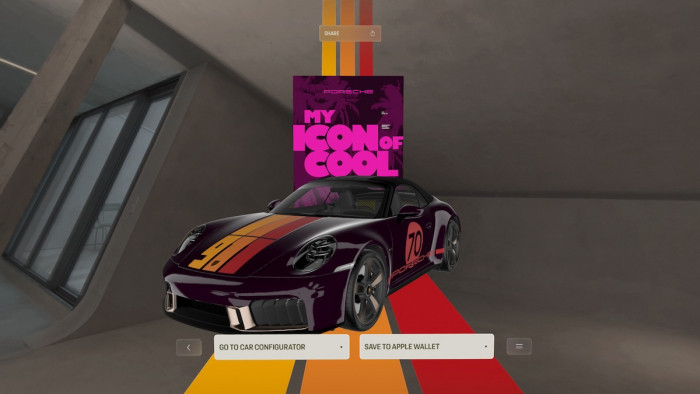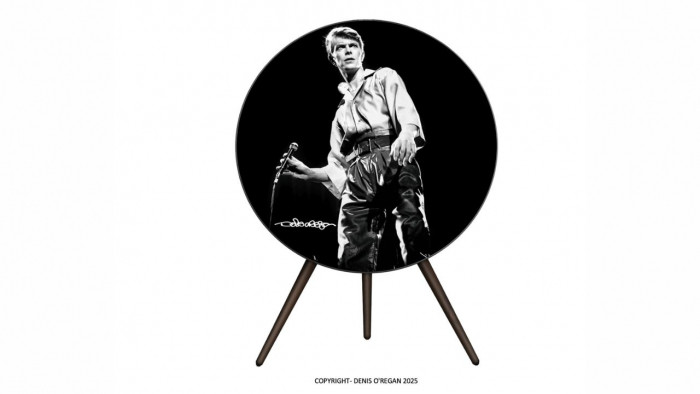Imagine you were going to live in the vast, freezing void of space.
There's no air, no heat, no WiFi - just space. Your ideal "home" would probably be some sort of heavily reinforced metal ship with big thick walls and a jacuzzi in the back (actually, scratch that, it'd play havoc with the electrics), right?
One of the least appealing environments you'd want to move your trainer collection into would be an inflatable tent. But that's exactly what astronauts aboard the International Space Station (ISS) have just set up.
The latest extension to the ISS - the most expensive object in the history of human kind - is the Bigelow Expandable Activity Module (BEAM).
On 6 June, NASA astronaut Jeff Williams and Russian cosmonaut Oleg Skripochka entered the inflated module to enact the scientific equivalent of 'kicking the BEAM's tyres' - collecting samples of air, making sure there weren't any leaks and ensuring it was generally fit for humans to float about in. Mercifully, it was reported to be in "pristine condition".
It's been a bumpy ride for the BEAM - when it was initially inflated on the ISS on 26 May, it didn't expand as planned, growing five inches instead of its required 68 inches (make your own jokes). A second inflation attempt was successful.
Why build an inflatable bubble on the ISS? The BEAM could actually hold the key to future space exploration, as inflatable homes are much lighter, and thus easier to launch from the Earth. Once pressurised with an internal atmosphere, they're also surprisingly sturdy, and can withstand impact as well as a more 'solid' structure.
Still, we wouldn't blame any ISS inhabitants spending as little time as possible in the inflatable bubble, which will be used for testing for the next two years.
Here's hoping it doesn't spring a leak.










